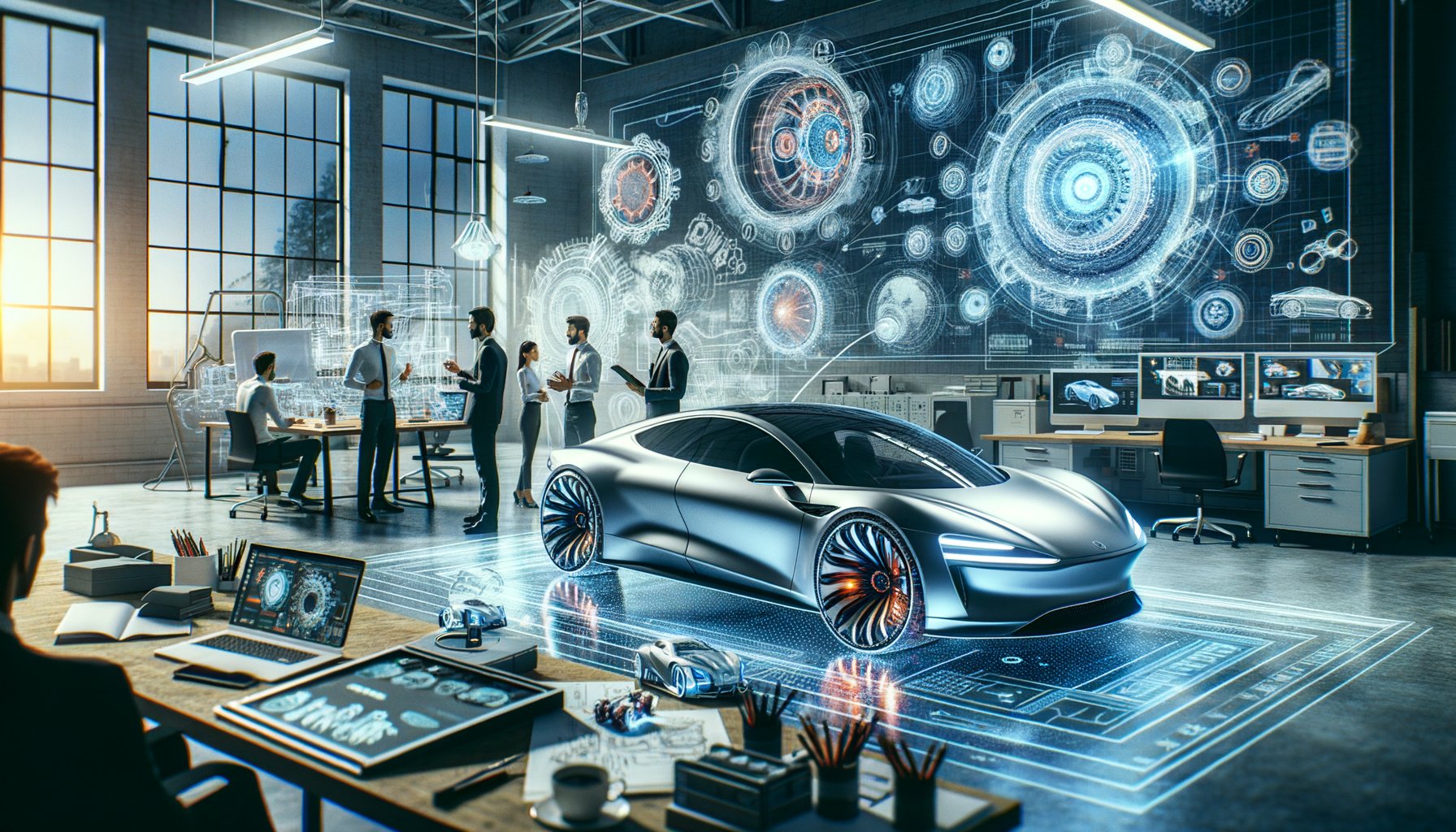Physical Address
304 North Cardinal St.
Dorchester Center, MA 02124
Physical Address
304 North Cardinal St.
Dorchester Center, MA 02124

When we think about car design, the first thing that usually comes to mind is aesthetics – the sleek lines, vibrant colours, and intricate details that make a vehicle visually appealing. However, there’s much more to car design than meets the eye. In fact, it’s a complex process that involves not only creativity and technical expertise but also an understanding of human psychology.
Psychology plays a crucial role in car design. It helps designers understand how people perceive and interact with vehicles. For instance, certain shapes and lines can evoke specific emotions or associations. A car with sharp angles and aggressive lines might be perceived as sporty or powerful, while one with soft curves and flowing lines might be seen as elegant or luxurious.
Colour also plays a significant role in our perception of cars. Bright colours like red or yellow are often associated with speed and excitement, while dark shades like black or grey are typically seen as more sophisticated and professional.
As technology continues to evolve at an unprecedented pace, it’s having a profound impact on car design. Advanced software tools allow designers to create more precise and complex designs than ever before. They can experiment with different shapes, textures, and colours in a virtual environment before bringing their designs into the physical world.
Technology is also enabling new possibilities for personalisation. With digital modelling techniques, customers can customise their vehicles in ways that were unimaginable just a few years ago – from choosing unique colour schemes to selecting specific features and finishes.
New technologies are also leading to the development of innovative materials. For instance, lightweight composites can reduce a car’s weight, improving its performance and fuel efficiency. At the same time, these materials can be moulded into complex shapes, giving designers more freedom to create unique and eye-catching designs.
Technology is not only changing the tools and materials used in car design but also influencing aesthetics. With advancements in lighting technology, for example, designers can create more dramatic and distinctive lighting effects. LED lights can be shaped into thin lines or complex patterns, adding a new dimension to a car’s appearance.
Moreover, with the rise of electric vehicles (EVs), designers are rethinking traditional car design conventions. Without the need for large engines and fuel tanks, EVs offer more flexibility in terms of design. This has led to some truly innovative designs that challenge our perceptions of what a car should look like.
As we move further into the 21st century, technology will continue to shape car design in exciting ways. We’re likely to see even more personalisation options as digital modelling techniques become more advanced. Additionally, as autonomous driving technology matures, it could fundamentally change how cars are designed. With no need for a driver’s seat or controls, cars could become moving lounges or offices.
In conclusion,
The intersection of psychology and technology is creating a new era in car design – one that combines aesthetic appeal with functionality and sustainability. As tech enthusiasts and car aficionados alike await the next wave of automotive innovation with bated breath, one thing is certain: The future of car design promises to be as thrilling as it is unpredictable.